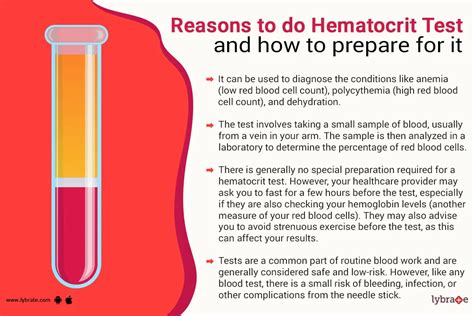Hematocrit and TRT: Achieving Balance for Optimal Health
Testosterone Replacement Therapy (TRT) can significantly improve the lives of men experiencing low testosterone, but it's crucial to understand and manage potential side effects. One important factor to monitor closely during TRT is hematocrit, a measure of the percentage of red blood cells in your blood. This article explores the relationship between hematocrit and TRT, emphasizing the importance of achieving a healthy balance for optimal well-being.
What is Hematocrit?
Hematocrit (Hct) is a vital blood test that measures the proportion of red blood cells to the total volume of blood. Red blood cells carry oxygen throughout the body, and a normal hematocrit indicates healthy oxygen-carrying capacity. Values typically range from 41-50% for men and 36-48% for women. However, these ranges can vary slightly based on factors like age, altitude, and overall health.
How Does TRT Affect Hematocrit?
Testosterone stimulates the production of red blood cells, a process called erythropoiesis. Consequently, men undergoing TRT often experience an increase in their hematocrit levels. This is because testosterone stimulates erythropoietin production, a hormone that promotes red blood cell formation in the bone marrow. While a slight increase is normal, a significantly elevated hematocrit can pose health risks.
What are the Risks of High Hematocrit?
Elevated hematocrit, a condition known as polycythemia, thickens the blood, increasing the risk of:
- Blood clots: Thickened blood is more prone to clotting, leading to potentially dangerous conditions such as deep vein thrombosis (DVT), pulmonary embolism (PE), and stroke.
- Heart attack: Increased blood viscosity can strain the heart, raising the risk of heart attack.
- High blood pressure: The increased blood thickness can elevate blood pressure.
- Headaches: High hematocrit can cause headaches due to increased blood viscosity and pressure within blood vessels.
How is Hematocrit Monitored During TRT?
Regular blood tests, including hematocrit measurements, are essential during TRT. Your doctor will monitor your hematocrit levels at regular intervals to ensure they remain within a safe range. The frequency of testing will depend on your individual response to TRT and any pre-existing conditions.
What Happens if My Hematocrit is Too High?
If your hematocrit levels become excessively high during TRT, your doctor may take several steps to manage it:
- Adjusting the TRT dosage: Reducing the dose of testosterone can often lower hematocrit levels.
- Phlebotomy: This procedure involves removing a specific amount of blood to reduce the blood volume and hematocrit. This is a common and generally safe method of managing high hematocrit.
- Discontinuing TRT: In severe cases, TRT may need to be temporarily or permanently discontinued.
What is a Safe Hematocrit Level on TRT?
There's no universally agreed-upon "safe" hematocrit level for men on TRT. However, most doctors aim to keep hematocrit below 50-52%. The optimal range will depend on your individual health status and response to therapy. Your physician will consider your individual risk factors and other health parameters when determining the appropriate action.
People Also Ask:
Can low testosterone cause low hematocrit?
While testosterone stimulates red blood cell production, very low testosterone levels can sometimes lead to slightly decreased hematocrit. However, it's more common to see elevated hematocrit with TRT. Other conditions are far more likely to cause low hematocrit.
What are the symptoms of high hematocrit?
Symptoms of high hematocrit can be subtle or absent in early stages. However, as levels increase, individuals might experience headaches, dizziness, fatigue, shortness of breath, and vision problems. More severe symptoms can include chest pain, and potentially even stroke or heart attack.
How often should I get my hematocrit checked during TRT?
The frequency of hematocrit checks during TRT varies depending on individual response and medical history. However, it's generally recommended to have your hematocrit measured at least every 3-6 months. Your doctor will determine the optimal monitoring schedule based on your needs.
What are the long-term effects of high hematocrit?
Sustained high hematocrit significantly increases the risk of cardiovascular complications, including blood clots, heart attack, stroke, and high blood pressure. It's crucial to maintain hematocrit within a safe range to minimize these long-term risks.
Disclaimer: This information is for educational purposes only and should not be considered medical advice. Always consult with your physician before starting any treatment, including TRT, and to discuss any concerns regarding your hematocrit levels. Your doctor will conduct a thorough assessment and create a personalized treatment plan based on your individual needs and health status.

